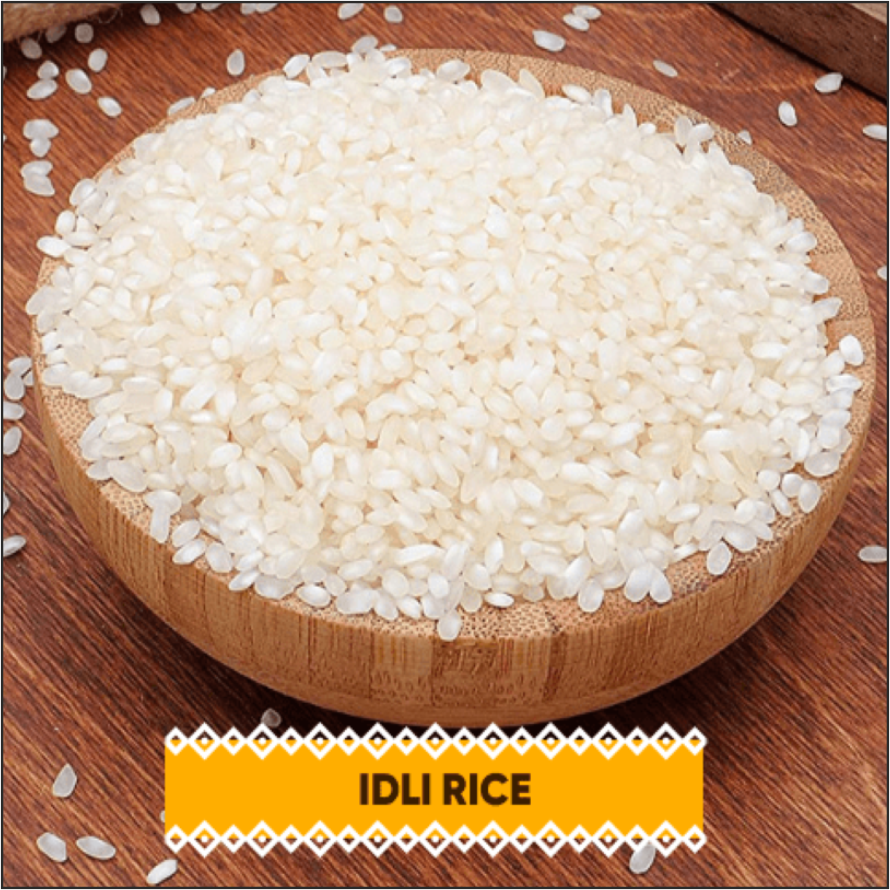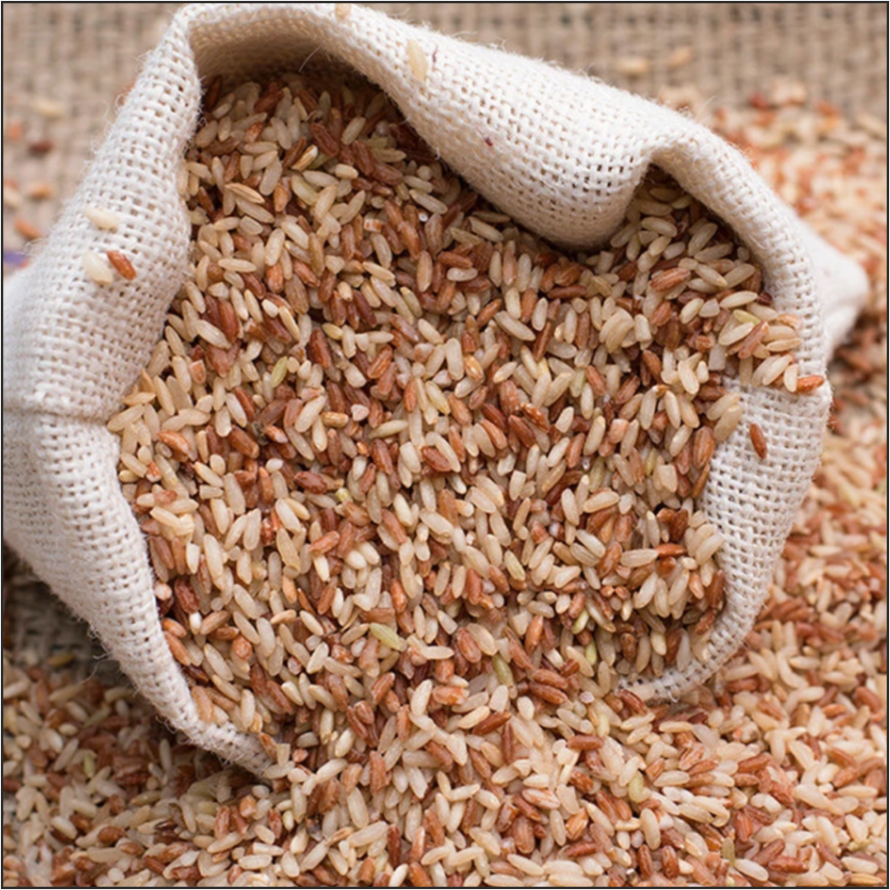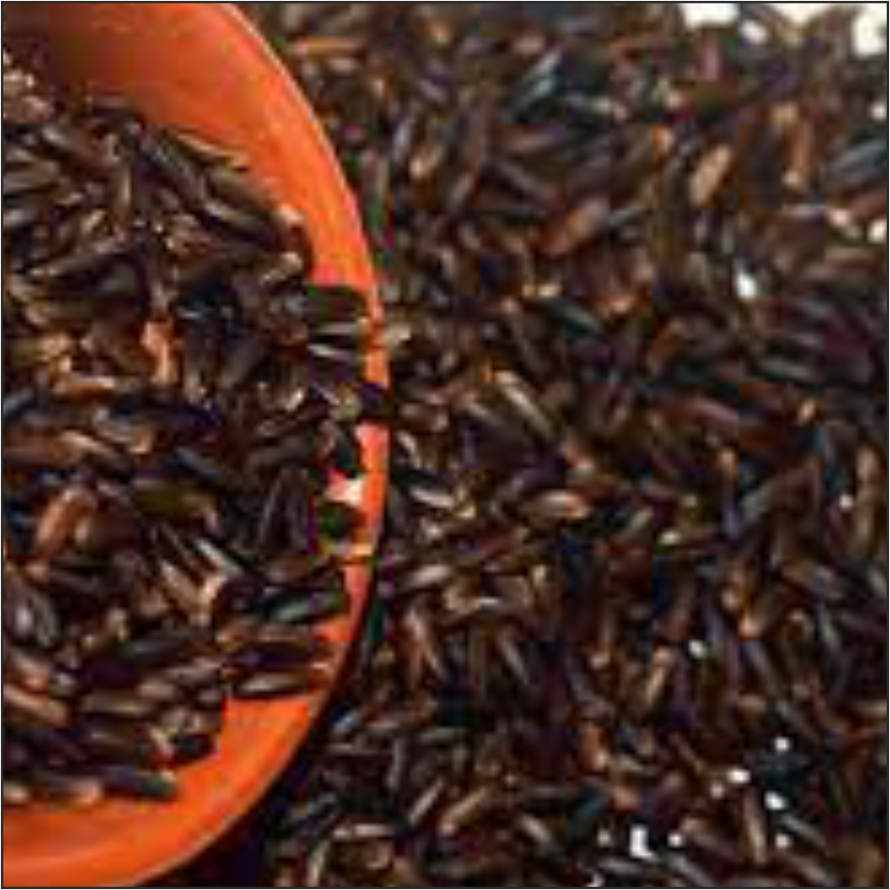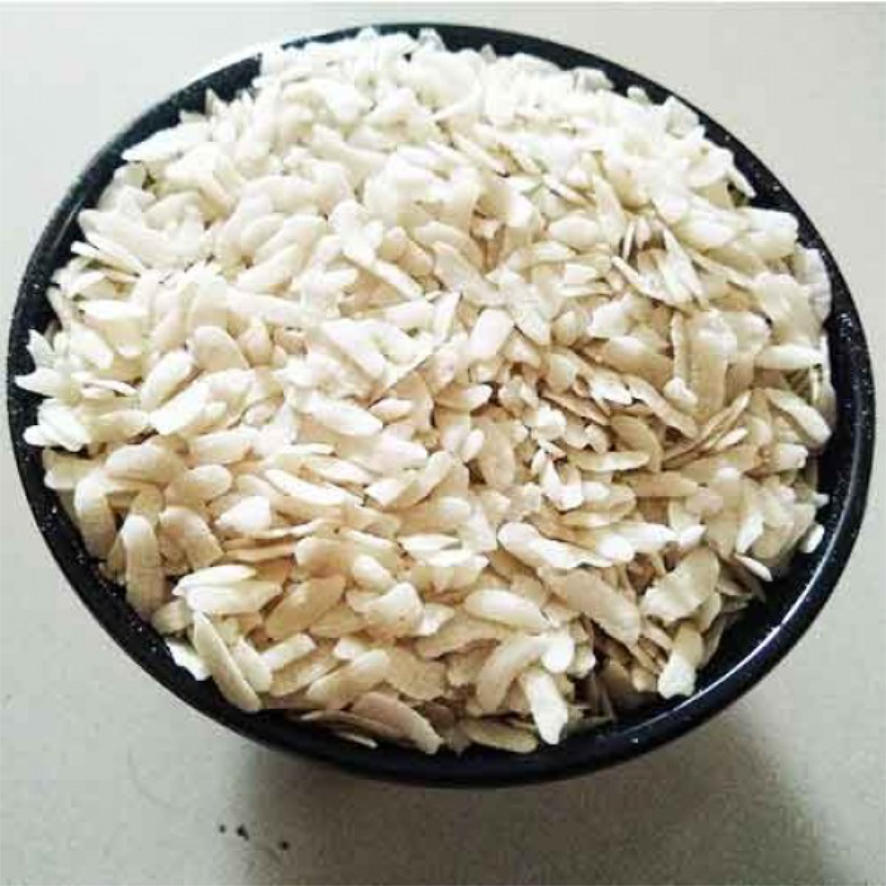Welcome you to Down 2 Earth Organics!
Boiled Rice Ponni
- Rs.85.00
Ponni Rice is a staple in South India, Southeast Asia. It is mainly used for making/cooking rice, noodles, desserts and sweets. The rice flour is mixed with flour of wheat, millet, and other cereals to make manni, a kind of healthy baby food.
Boiled Ponni rice has been uniquely processed, the raw paddy is soaked in water tanks at room temperature for many hours after which it is dried and polished. This process was discovered in Tamilnadu. A major part of various cuisines around the world, this rice variety has always been a staple choice.












